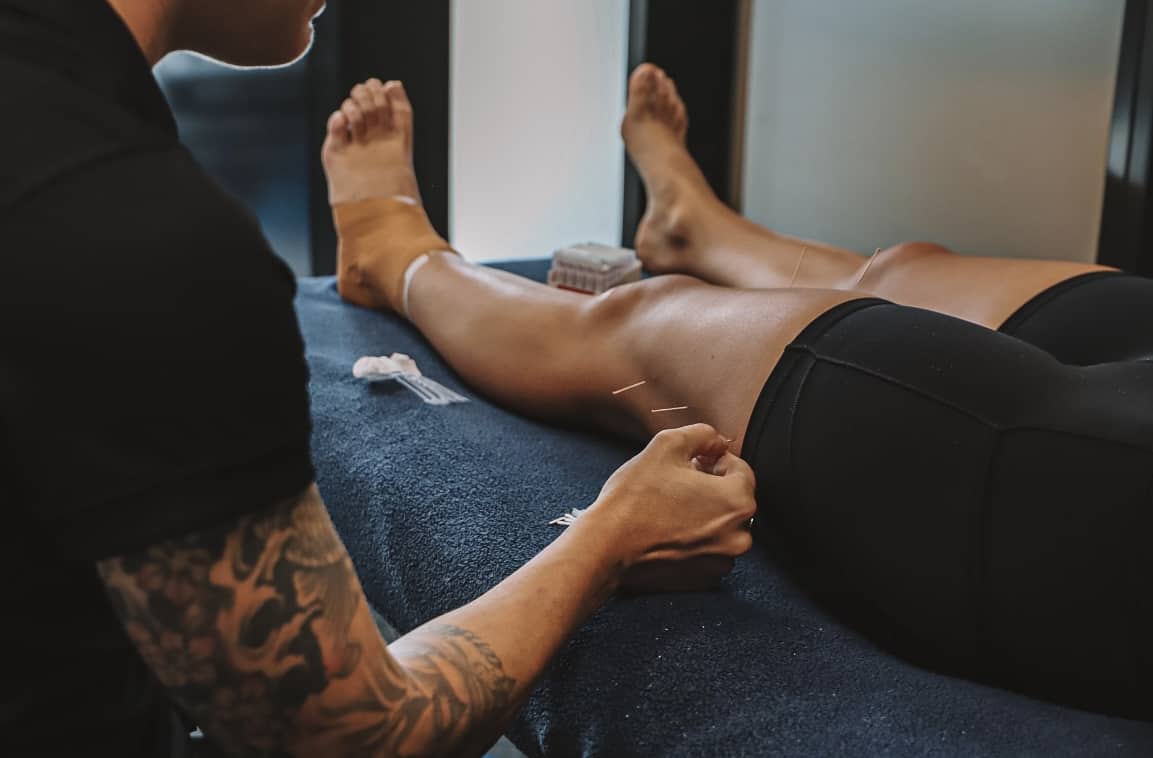
Signs and Symptoms
Dry needling is an effective treatment technique used by Physiotherapists to help alleviate pain and tension in overused and tight muscles. It works by targeting myofascial trigger points—those tight, painful knots in the muscles—through deep or superficial needling.
In simple terms, dry needling releases these muscle knots that are tender to the touch. During the procedure, you might experience a brief, involuntary muscle twitch or contraction as the needle stimulates the muscle. Some people find it has an instant relief in pain, however others experience temporary discomfort prior to relief.
Please discuss the effects of dry needling in your next treatment session for optimal treatment.
Benefits:
- Decreased muscle tension leading to increased range of motion
- Increased blood flow to the muscles and nearby joints
- Reduction in local and referred pain
Dry needling can also be beneficial for a wide range of conditions, not just muscle tightness. If you’re interested in dry needling, simply let your physiotherapist know at the beginning of your treatment. It may be integrated with other therapeutic methods such as soft tissue massage, joint mobilisations, electrotherapy, hydrotherapy, and exercise prescription to provide a comprehensive approach to your specific recovery or performance needs.
